Spelt Swedish Lussekatter
One of Sweden’s seasonal favourites, these Swedish lussekatter (Saint Lucia saffron buns) are fairly dense, slightly sweetened, bread buns flavoured with saffron. The recipe has been adapted to also use all-purpose (plain) flour.
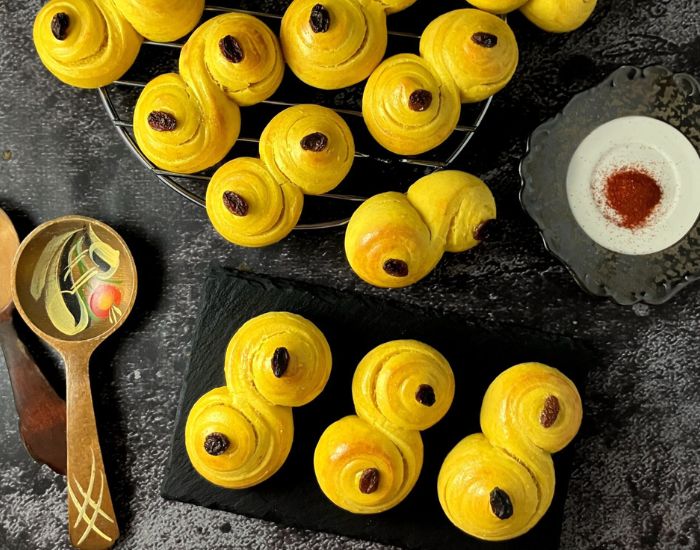
This recipe for Spelt Swedish Lussebullar first appeared on my first blog, The Culinary Jumble. The original recipe was tweaked to include spelt flour.
What are lussebullar?
Lussebullar (saffron-infused buns) are a traditional staple during the run up to Christmas in Sweden. They are made to celebrate Sankta Lucia (St Lucia’s day) on 13th December, but you start to see them from around the beginning of November right up until Christmas itself.
Lussebullar is the umbrella term for the slightly sweetened, saffron-infused buns. The ones I’ve made are the most common and go by the name of lussekatter (katter means cat). Although there isn’t any real confirmation of why they are named after cats, the common S shape is said to look like a cat’s tail. However, the saffron dough can be twisted into many beautifully intricate designs, such as crosses.
Preparing the lussebullar dough
In the past, I’ve made lussekatter by rolling out a piece of dough and twisting the ends to give the S shape. This time, I thought I would roll out the dough, and cut it into strips, the same way I did when making my giant cinnamon bun. This involved me rolling up one half of the strip, then turning it over and rolling down the other half.
I chose to make cute, small lussekatter. In the shops, they are a little bigger, but I thought they turned out completely perfect. As you can see, Swedish lussebullar are visually stunning. The colour in the images is authentic – they really are a beautiful, bright yellow.
Other saffron recipes
The flavour of saffron is big in Sweden over the festivities and I always find it very inspiring to work with. Here are some of my favourite ways to bake with it:
- Swedish saffron cake
- Saffron and white chocolate wreath cake
- Saffron and white chocolate buns
- Saffron Swedish skorpor (biscotti)
- 16 stunning saffron recipes (round-up)
- Saffron and cranberry cupcakes
- White chocolate & cranberry saffron braid
Swedish Lussekatter (saffron buns)
Ingredients
Dough
- 50g (3½ tbsp) butter
- ½ gram (¼ tsp) ground saffron
- 200ml (⅘ cup) milk
- 7g (2¼ tsp) dried yeast (see note 1)
- 1 egg
- 80g (⅓ cup) sugar
- 300g-360g (2½ cups - 3 cups) spelt flour (see note 2)
- 1 small egg (for the egg wash)
- raisins
Instructions
- Melt the butter in a small pan.
- When melted, add the saffron, and allow the mixture to cook for a couple of minutes.
- Remove from the heat, and stir in the milk. Allow to sit for around 15 minutes.
- Add the cooled mixture and the egg to your stand mixer, and give it a quick mix.
- Add the remaining ingredients, and 300g of flour. Work the mixture, gradually adding more flour as necessary. Be careful with this step, as too much flour will result in dry bread. At this stage, the dough should still be a little tacky.
- Switch to a dough hook attachment (if you have one) and knead the dough for around 10 minutes. The dough should be shiny, and drop fairly easily from the hook.
- Cover with a tea-towel and allow the dough to proof for around and hour, or until doubled in size.
- When the dough is ready, line a large baking tray with baking paper.
- Pre-heat the oven to 200℃ (400℉).
- Knock back the dough, and roll out into a long triangle of around 40cm x 32cm (15¾" x 12½").
- Cut into around 12-16 strips (the thinner the strip, the smaller/flatter the buns) - see note 3.
- Taking the end furthest away from you, roll up the strip. When you reach half way, turn the strip over, so that the rolled part is underneath.
- Roll up the end closest to you until it reaches the other half. Turn sideways, and place on the prepared tray.
- Repeat with the other strips.
- Cover again, and leave for a further 45 minutes.
- Beat the egg, and wash over the tops of the buns. Push a raisin into each end (in the middle of the spirals).
- Bake for 8-14 minutes, depending on size (mine were small, so I baked them for 9 minutes). The buns are ready when they are starting to brown on top. Be careful not to overtake .
- Remove from the oven and allow to cool. The buns are best served warm. Please note: the buns do get dry quite quickly, so if you are eating the next day, give them a quick 20 seconds in the microwave before eating. Enjoy!
Notes
- In Sweden we have something called dried yeast. It is used both in warm liquid to proof and also added directly to flour. I am aware that the US has two options for dried yeast, and I believe instant yeast is the most similar for the purpose of making this particular recipe.
- You can use spelt or regular flour for this recipe (just use the same amount).
- The ingredients made 16 small buns. You can make them bigger (taller) by making your strips a little thicker. The baking times may vary, depending on the size of your buns.

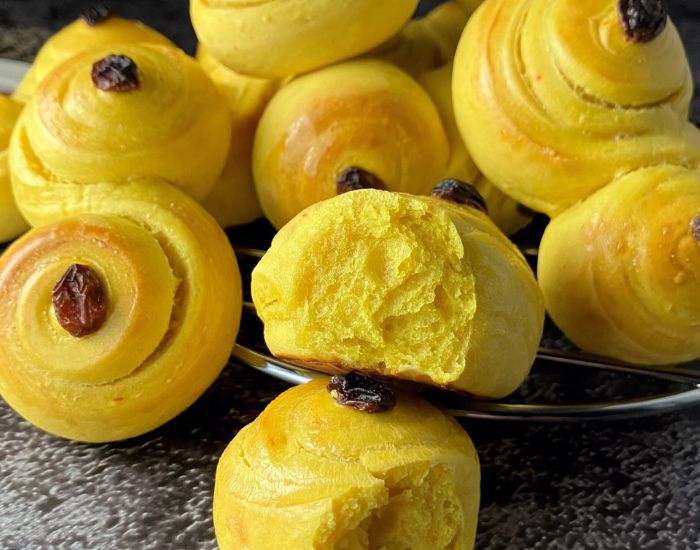
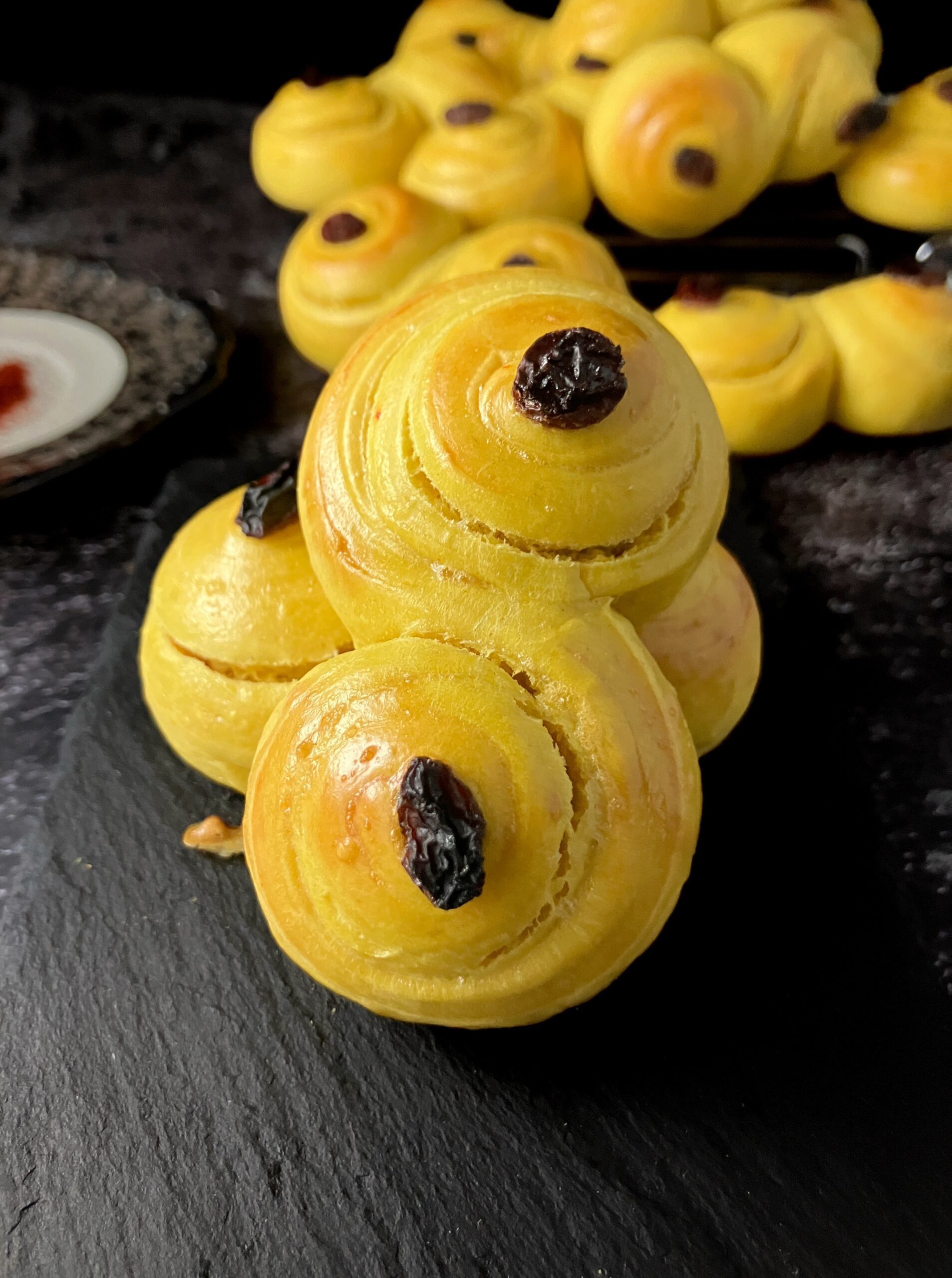

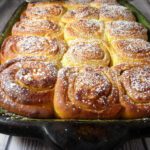

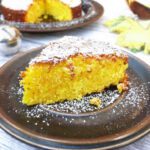


3 thoughts on “Spelt Swedish Lussekatter”